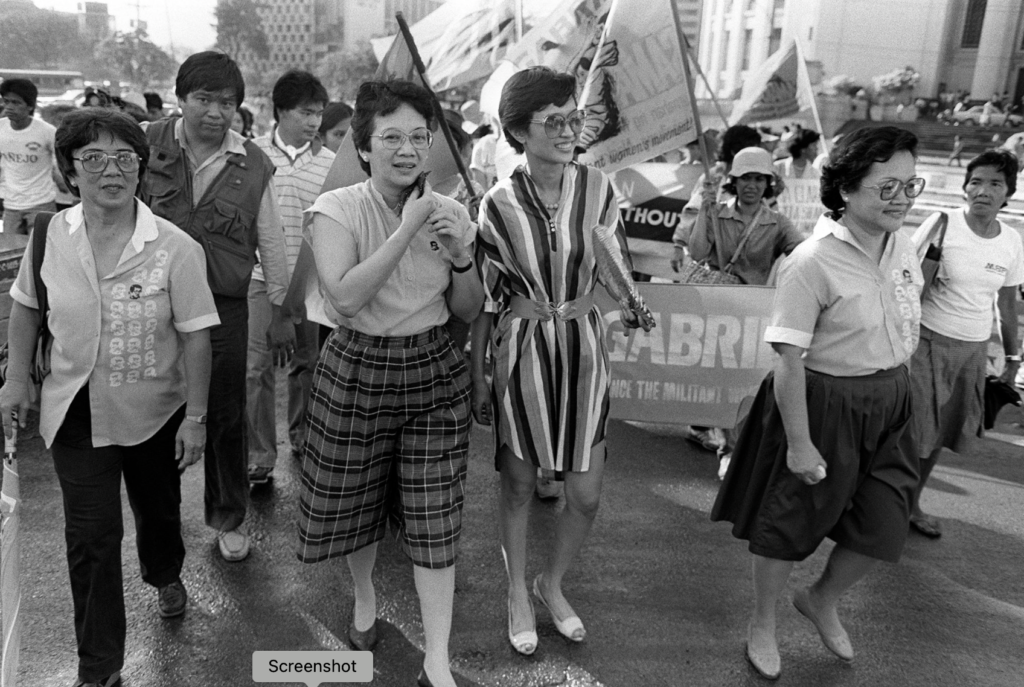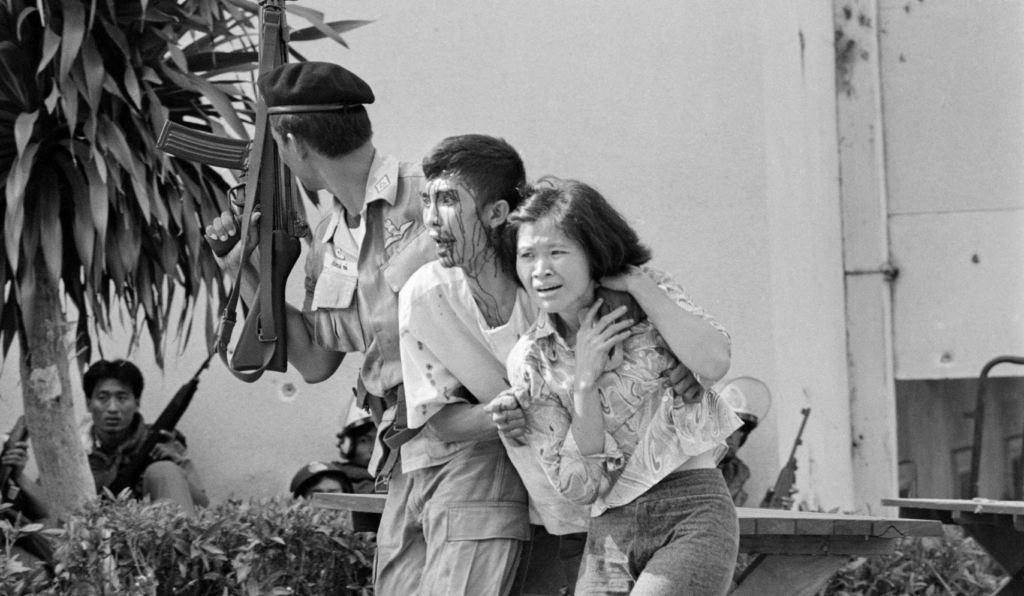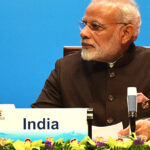
The ongoing crisis in Myanmar has exacerbated concerns about ASEAN’s relevance and competence to police crises within its member states. As of May 27, 828 people have been killed so far in Myanmar since February 1 according to the Assistance Association for Political Prisoners (AAPP), and more than 4,300 people are currently being detained. The crisis has seen the first indication that it has become a regional problem, with people fleeing violence into neighboring Thailand and India.
Peeling back the layers of ASEAN dysfunction further, the region has become a cesspool for press freedom, COVID-related authoritarian curbs, prolonged democratic recession, and widespread human rights abuses. Last year was a particularly bad year for press freedom in the ASEAN region, as Vietnam set a low bar at 175th place, above only authoritarian staples North Korea and China. Thailand ranked 140th, largely because of draconian lèse majesté and cyber-security laws, and Cambodia at 144 due to a protracted campaign against journalists. Among ASEAN member states, there are no bright spots, with the Philippines and Indonesia engaged in crackdowns on media organizations and on social media.

From Cambodia’s crackdown and mass prosecution of political opposition, Thailand’s persecution of pro-reform activists and political protests, and failure to come a tangible solution on Myanmar at the Jakarta Summit this past April, ASEAN has demonstrated that, because of its long-standing principles of sovereignty and non-interference, it cannot be counted on to criticize, condemn, or police the actions of its member states. The resultant inaction has made a mockery of its reputation. If ASEAN’s human rights history is any consideration, it will always be slow to react and even less inclined to implement meaningful reforms.

Human rights considerations were not on the agenda of the founding members of ASEAN in the late 1960s. The Bangkok Declaration of 1967 was clear in its intent, to “accelerate economic growth, social progress and cultural development” and to “promote regional peace and stability through abiding respect for justice and the rule of law in the relationship among countries of the region and adherence to the principles of the United Nations Charter.” Human rights did not even enter the conversation in the region until the early 1990s after the 24th ASEAN Ministerial Meeting, held in Kuala Lumpur. Subsequent discussions of human rights were always discussed in the context of both sovereignty and non-interference, and in that period, many ASEAN countries were reluctant to give the idea of universality, as it applied to United Nations human rights treaty bodies, any additional legal weight.
ASEAN member states, like other Asian authoritarian powers were keen to weaken the power of the Universal Declaration of Human Rights (UDHR), by suggesting that human rights “must be considered in the context of a dynamic and evolving process of international norm-setting, bearing in mind the significance of national and regional particularities and various historical, cultural and religious backgrounds.” The UDHR was reduced in their eyes to a weapon of colonial powers—an agent of Western Imperialism. Among many, human rights was a part the discussion of so-called “Asian values” which artificially defined many elements of society, culture and history as common or unique to the region. This tired argument, which had its origins in Singapore, had its zenith in the 1990s and still manages to exist in some pockets of the political sphere.
It was the adoption of the ASEAN Charter that facilitated the adoption of a human rights mechanism under Article 14. Prior to the drafting of the ASEAN Charter, even the thought of a human rights mechanism within ASEAN was controversial. The ASEAN High Level Task Force (HLTF) wrestled with the issue, debating the creation of investigative or monitoring powers or mere consultative powers. Almost half of ASEAN, including Cambodia, Lao PDR, Myanmar and Vietnam—countries that entered ASEAN without any prior advances in democratization—favored consultative status only. Thailand, Indonesia, Malaysia, and the Philippines wanted more.
In 2009, the ASEAN Intergovernmental Commission on Human Rights (AICHR) was founded at the 15th ASEAN Summit in Cha-am, Thailand, and was hailed as a historical milestone for human rights in Asia, but the ASEAN Charter, predictably, didn’t set any high standards or procedural requirements for its operation. This led to allegations that the AICHR was a toothless tiger, a poorly defined body that merely reinforced the “ASEAN Way.”

The AICHR was designed to promote human rights in the regional context, but with exceptions for “national and regional particularities.” Critics rightly point out that the AICHR has no real investigative powers and like ASEAN itself, works through consensus that negates the possibility of seriously reporting on a human rights issue in a member state. Not surprisingly, Asia has been well behind its peers in Europe and Latin America with regard to the effectiveness of its human rights mechanisms. Considering ASEAN’s dysfunction of late, it is difficult to fathom that the human rights mechanism that exists will achieve the same binding status that European systems can claim.
Recently Kasit Piromya, the former Thai Minister of Foreign Affairs, recommended a series of reforms for ASEAN in Nikkei Asia, where the initiation of democratization would be a requirement for retention of membership. At first glance, this recommendation isn’t too out of touch with recent European Union (EU) calls for progress on the part of Cambodia to retain its privileges under the Everything But Arms (EBA) scheme. Over the course of a few years, the Hun Sen regime crudely dismantled the Cambodia National Rescue Party (CNRP), imprisoning its leader Kem Sokha, while cracking down on the national and international media, where nearly two dozen radio stations were forced off the air for “violating contracts” with the government. These actions forced the hand of the EU, which eventually restricted Cambodia’s tariff-free access to European markets. EU principles on human rights guide the actions of member states, which in turn affect policy. ASEAN is sorely lacking in values and principles that compel member states to action.
Kasit’s proposal also considers the creation of a South East Asia Community (SEAC), which would abandon the principle of non-interference when human rights are at stake. A course correction of this magnitude, as Kasit suggests, would cause seismic splits among the region’s leadership. However, reforms with serious implications for member states could serve as a catalyst for meaningful change during times of crisis. During the Jakarta summit on Myanmar, it was revealed that Indonesia was behind some of the more serious proposals, including the creation of an ASEAN Special Envoy. Exacerbating philosophical and political differences among member states, isn’t always a negative and had not the “ASEAN Way” been a factor in the largely flaccid outcome, Indonesia’s diplomacy might have resulted in a different outcome.
What has transpired instead is the usual political and diplomatic deadlock, with ASEAN unable or unwilling to follow up on action in Myanmar. Delays in implementing the five-point plan or consensus could have dramatic repercussions, as Myanmar’s economy stagnates and millions of people fall into hunger and desperation. In April, the World Food Programme (WFP) warned that within the next six months an additional 3.4 million people in Myanmar would go hungry, well above the 2.8 million people that were said to be food insecure prior to the February 1 coup.

In the end, Kasit’s proposal to create or replace ASEAN doesn’t go far enough because it appears short on enforcement. In reality, a proper system for ASEAN states does exist, without the need to reinvent the wheel. An answer can be found in United Nations Treaty Bodies, committees composed of independent experts that monitor the implementation of the core international human rights treaties. Each party to a treaty is compelled to submit regular reports on how related rights are being implemented. From that, the committees examine each report and address their concerns to each member state. Most of these processes take four to five years. While a major criticism of UN treaty bodies is the lack of enforcement mechanisms, a like-minded model for ASEAN in critical areas such as press freedom, political and civil rights, and social inclusion could do away with a cumbersome non-interference policy and make compliance with the mechanism compulsory for ASEAN member states. Human rights have, for too long, been misplaced priorities for ASEAN member states. The triple shock of humanitarian crises, widespread violence, and economic decline in Myanmar—which have yet to fully manifest—will make or break ASEAN’s credibility. Many analysts have suggested that inaction will lead to the disintegration or irrelevance of the ten-member body. Considering its history, that decline is likely to exceed the pace of needed reform.






